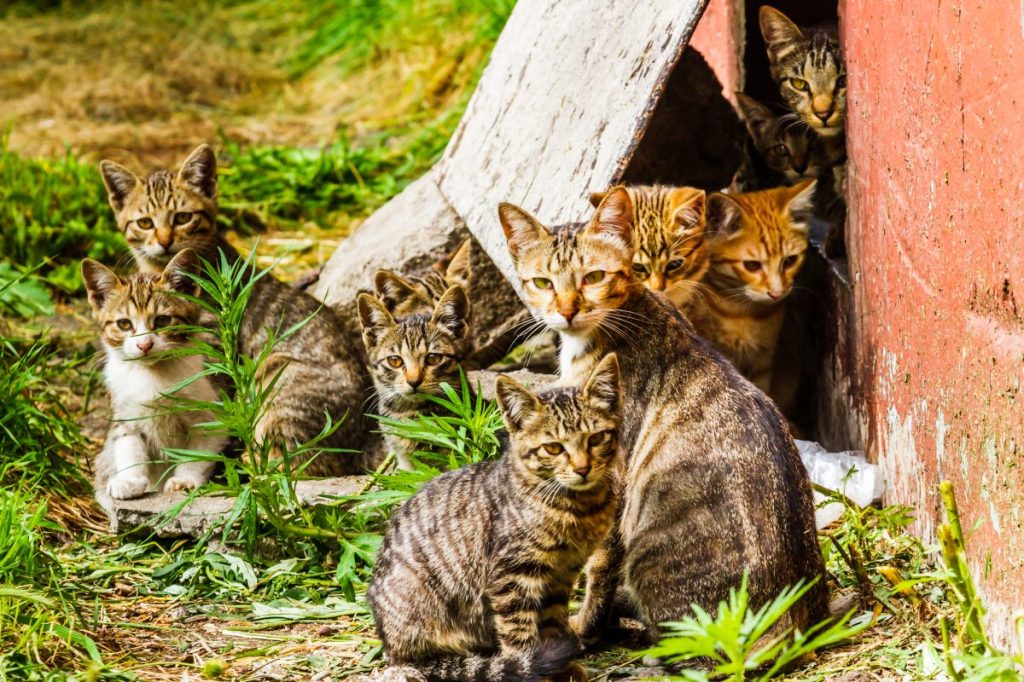The feral (or stray) cat population in Australia is growing, and its effects are far-reaching. According to NPR, feral cats “kill more than 1.5 billion native mammals, birds, reptiles and frogs as well as 1.1 billion invertebrates in the country each year” in Australia. They also can transmit disease. That’s why the government is currently considering measures like cat curfews and neutering requirements to curb the problem. It’s also seeking feedback from residents on the issue.
Australian politician declares “war” on feral cats
Last week, Tanya Plibersek, Australia’s Minister for the Environment and Water, proposed strategies to address the stray cat population in the country. The plan included laws that would require cat parents to keep their fur babies indoors as well as cat curfews for pet cats.
“When domesticated cats are living inside our homes, snuggled up at the end of our beds, we rightly love them. But feral cats are the opposite of adorable. They are walking, stalking, ruthless killers,” Plibersek said in a statement. “We are declaring war on feral cats. And today, we are setting up our battle plan to win that war.”
According to NPR, the Australian government has spent millions of dollars on this “war.” That’s in part because the feral cat situation is threatening species like the numbat and the bilby. But in order to enforce “responsible pet cat ownership,” legislation would need to mandate cat curfews, neutering, and limits on the number of cats per household.
Victoria already allows councils to require that pets stay inside during certain times. The Australian Capital Territory also has a curfew for cats adopted after July 1. However, there are no restrictions currently on cats in New South Wales or Western Australia.
Cat advocates push back
As with any political proposal, some are pushing back on Plibersek’s position.
In a statement, the Cat Protection Society of New South Wales said that the politician was stirring up a “moral panic” about cats. It also accused her of “demonising [sic] a single species” and ignoring other environmental issues.
As researcher and PAN Works founder Bill Lynn pointed out, humans (not cats) are among the primary causes of biodiversity loss worldwide. In fact, cats may protect some threatened species because they keep predators at bay. Finally, there doesn’t seem to be a lot of data supporting the claim that cats are to blame for all these ecological woes.
“If you look at the reasoning and the evidence for the scientific case against cats, it’s extraordinarily weak,” Lynn said. “Not that it’s weak in specific instances. It can be very strong in specific instances, but one example will become generalized to the landscape overall.”
For now, the Australian government is accepting public comments about the proposal until December.




